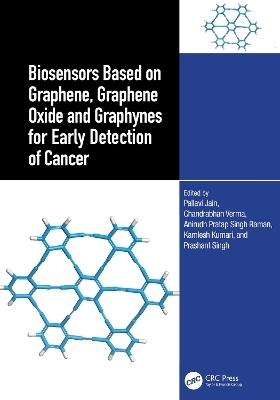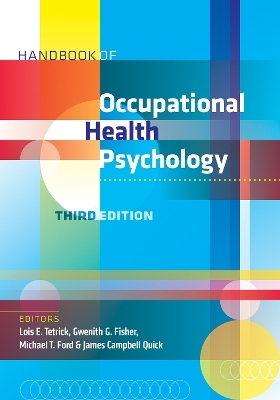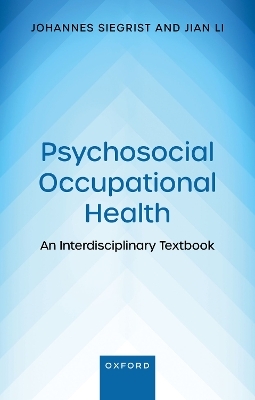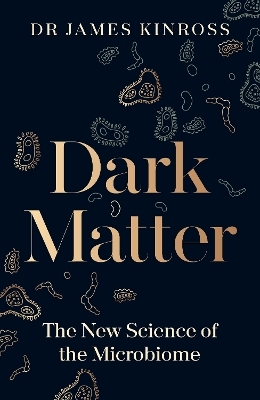
Biosensors Based on Graphene, Graphene Oxide and Graphynes for Early Detection of Cancer
CRC Press (Verlag)
978-1-032-79279-8 (ISBN)
Features:
Provides a comprehensive exploration of carbon, its allotropes, and its significance in emerging applications.
Discusses the synthesis and functionalization of graphene on diverse substrates, and modeling approaches employed in graphene research.
Details the application of graphene, graphene oxide, and graphyne-based materials on cancer detection.
Explores the overview of the wider biological applications of carbon-based materials.
This book will serve as a valuable reference source for researchers, academics, and biologists working in R&D and interested in biosensing for the early detection of cancer.
Pallavi Jain, PhD, is working as an Associate Professor in the Department of Chemistry, SRM Institute of Science and Technology, Delhi-NCR Campus, Modinagar, Ghaziabad, India. Dr. Jain received her Ph.D. degrees in Chemistry from Banasthali Vidyapith, Rajasthan, India in 2017. She has extensive teaching experience of about 18 years. Her research interest focuses on the development of transition metal complexes of biological importance in drug delivery. Her research interests also focus on the synthesis of metal complexes as effective biosensors. She has authored and co-authored over 55 research publications in journals of international repute, and contributed more than 30 book chapters. Chandrabhan Verma, PhD, is working in the Interdisciplinary Research Center for Advanced Materials, King Fahd University of Petroleum andMinerals, Dhahran, 31261, Saudi Arabia. He is a member of American Chemical Society (ACS). His research is mainly focused on the synthesis and designing of environmental friendly corrosion inhibitors useful for several industrial applications. Dr. Verma is the author of several research and review articles in peer-reviewed international journals of ACS, Elsevier, RSC, Wiley and Springer etc. He has total citation of more than 4582 with h-index of 36 and i-10 index of 86. Dr. Verma received several national and international awards for his academic achievements. Currently, Dr Verma is editing more than 15 books at the ACS, RSC, Wiley and Elsevier platforms. Anirudh Pratap Singh Raman is doing Ph.D. from SRM Institute of Science & Technology, Ghaziabad. Ms. Raman has done her master’s from Amity University, Noida and graduated from Miranda House, University of Delhi. Her research focuses on investigating the non-covalently functionalized GO with eutectic mixture in sensing biological potential molecules. She has published 9 research papers and 12 review papers in peer-reviewed journals. She has a total citation of more than 190 with a H-index of 8 and an i-19 index of 9. Kamlesh Kumari is currently working as Assistant Professor at Department of Zoology, University of Delhi since 2022. Earlier, she worked at Deen Dayal Upadhyaya College, University of Delhi, India for more than six years. She has published 90 research articles/ reviews/ chapters. The citations to her work are 1440 as per google scholar. h -index and i-10 index to her work are 21 and 50, respectively. She is currently working on computational biology, nanoparticles and exploration of graphene oxide in different areas. Prashant Singh, Ph. D. is working as a Professor of Chemistry at Atma Ram Sanatan Dharam College, University of Delhi. He has completed four research projects from different funding agencies in India. Three students have received and seven research scholars are currently pursuing Ph.D. degree under his supervision. His area of research is to explore promising inhibitors against SARS-CoV-2 and CHIKV using molecular docking and molecular dynamics simulations. He also works on the exploration of C-based molecules like GO, and GDY in water remediation and others. He has published more than 200 research articles/reviews/preprints/chapters. The total citation to the work is more than 3400. The h-index and i-10 index credited to his work are 32 and 99 respectively. Prof. Singh has also significant experience in editing books from different publishers.
Chapter 1 Carbon Allotropes: Past to Present Aspects
Chapter 2 Carbon Nanostructures
Chapter 3 The Role of Functional Carbon Nanostructures in Biomedical Applications
Chapter 4 Effects of Nanodiamonds on Cancer Cells
Chapter 5 Graphene and Graphene Oxide Synthesis and Characterization
Chapter 6 Graphene Synthesis and Characterization
Chapter 7 Graphene and Graphene Oxide Properties and Applications
Chapter 8 Graphyne Properties and Applications
Chapter 9 Cancer Detection Utilizing Graphene-Based Materials
Chapter 10 Graphene-Based Electrochemical and Biosensor Materials for Cancer Detection
Chapter 11 New Horizons in Graphene Oxide-Based Therapeutic Applications for Cancer
Chapter 12 Graphene Field-Effect Transistors for Cancer Diagnostics
Chapter 13 Graphine Oxide and Graphene Scalability and Manufacturing Challenges
Chapter 14 Graphene Oxide and Graphyne in Clinical Practice
Chapter 15 The Toxicology of Graphene, Graphene Oxide, and Graphyne-Based Materials
Chapter 16 Challenges and Limitations of Graphene Oxide and Graphyne Biosensors for Cancer Detection
Chapter 17 Future Perspectives on Graphene Oxide and Graphyne in Detecting Cancer and Other Diseases
| Erscheinungsdatum | 15.11.2024 |
|---|---|
| Zusatzinfo | 14 Tables, black and white; 66 Line drawings, black and white; 66 Illustrations, black and white |
| Verlagsort | London |
| Sprache | englisch |
| Maße | 178 x 254 mm |
| Gewicht | 720 g |
| Themenwelt | Medizin / Pharmazie ► Medizinische Fachgebiete ► Arbeits- / Sozial- / Umweltmedizin |
| Medizin / Pharmazie ► Medizinische Fachgebiete ► Pharmakologie / Pharmakotherapie | |
| Studium ► Querschnittsbereiche ► Klinische Umweltmedizin | |
| Naturwissenschaften ► Biologie | |
| Naturwissenschaften ► Chemie | |
| Technik | |
| ISBN-10 | 1-032-79279-5 / 1032792795 |
| ISBN-13 | 978-1-032-79279-8 / 9781032792798 |
| Zustand | Neuware |
| Informationen gemäß Produktsicherheitsverordnung (GPSR) | |
| Haben Sie eine Frage zum Produkt? |
aus dem Bereich


